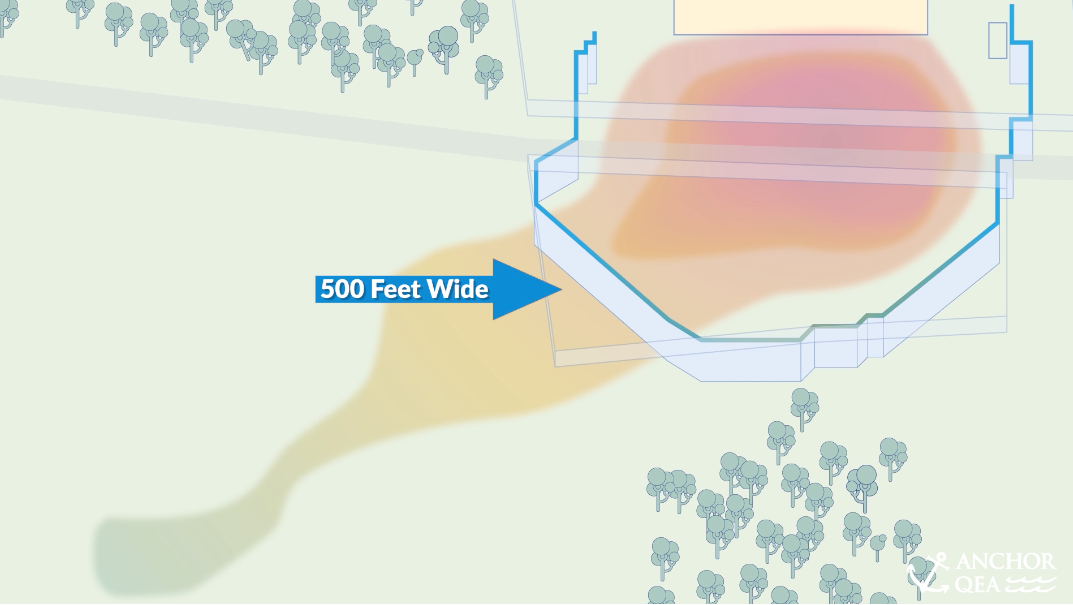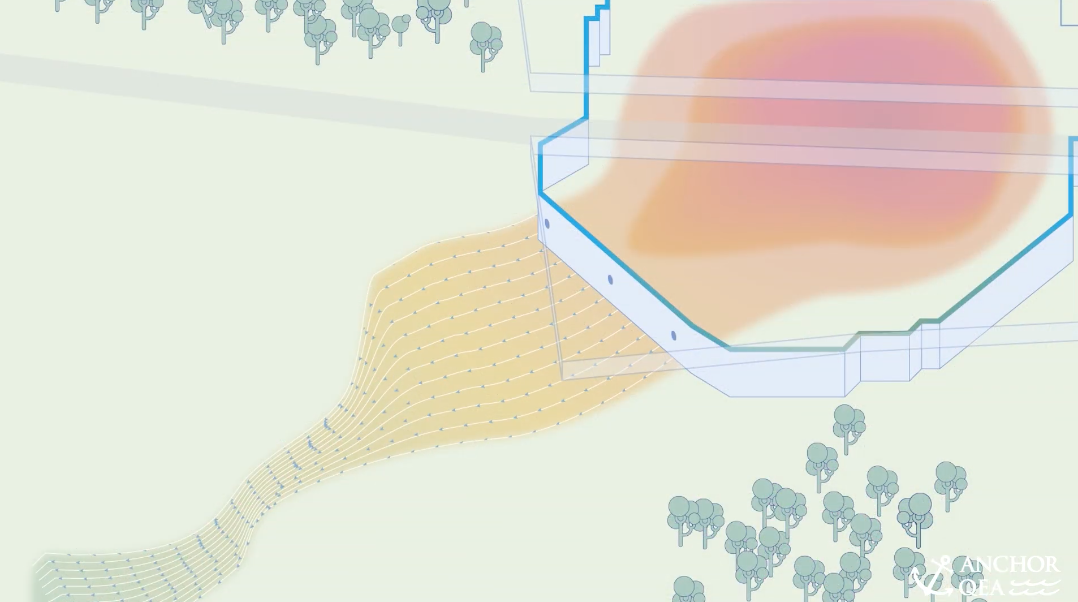Anchor QEA works with REGENESIS to Reduce PFAS in Groundwater
As environmental scientists and engineers, water pollution sometimes seems like an age-old environmental concern. But then we come across emerging contaminants.
Emerging contaminants (or contaminants of emerging concern), put simply, are chemicals discovered in drinking water supplies that had not previously been detected. To make matters worse, their risk to human health is unknown.
Due to high production in the United States, two emerging contaminants in particular have become newsworthy—think Flint, Michigan, and Hoosick Falls, New York. Perfluorooctane sulfonate and perfluorooctanoic acid, better known as PFOS and PFOA, are part of a larger group of chemicals called per- and polyfluoroalkyl substances (PFAS), which are human-made compounds with widespread commercial use.
PFAS are resistant to typical environmental degradation processes and, therefore, are found in soil, air, and groundwater at sites throughout the country, and are potentially harmful to the environment and human health.
As with most environmental trends, PFAS have found their way into our project work at Anchor QEA. An ongoing project involving these emerging contaminants is the Solvents Recovery Service of New England, Inc. (SRSNE) Superfund site remediation.
SRSNE Overview
SRSNE is a former solvent recovery facility in Southington, Connecticut. From 1955 to 1991, SRSNE recycled millions of gallons of solvents and other organic liquid wastes. After the solvents were distilled and reused, the unusable portions were disposed of in two unlined lagoons. In 1967, the lagoons were drained and covered with fill; subsequently, the waste was burned on site or disposed of offsite, but by the 1970s, the state put an end to those activities.
The U.S. Environmental Protection Agency (USEPA) added the site to the Superfund list in 1983 and SRSNE installed a groundwater pump-and-treat system to begin cleanup in 1985. Then in 1991, operations at the facility were shut down.
SRSNE Remediation
According to the REGENESIS Case Study: Colloidal Activated Carbon Acts As Permeable Barrier to Eliminate Risk, the long-term remedy included the following:
- Treating waste oils and solvents in an aquifer beneath the operations area by heating them in place.
- Consolidating and capping contaminated soil from impacted wetland and upland areas.
- Capturing and treating on-site contaminated groundwater exceeding federal or state drinking water standards.
- Monitoring natural degradation of the plume until groundwater cleanup levels are achieved.
- Monitoring natural degradation of the site-related chemicals in the bedrock.
- Putting in place restrictions on uses of the property and groundwater and monitoring groundwater.
- Maintaining the cap over the long term.
Anchor QEA’s Mike Gefell, PG, CPG, first became involved in the project in 1994, while working for BBL in Syracuse, New York. He was part of a team that designed the hydraulic containment system, which consisted of a sheetpile wall around a zone 500 feet wide and as deep as the bedrock, and 12 groundwater extraction wells for hydraulic control. The system was installed just downgradient from the source area, perpendicular to the groundwater flow direction.

In 1995, de maximis was hired as the Project Manager, and during the years, engaged outside environmental consulting firms, including Anchor QEA and GEI Consultants Inc., to assist with remediation efforts, such as modeling, hydraulic design, monitoring, sampling, and evaluation.
In 2016, as part of ongoing monitoring and data collection, groundwater testing found that PFAS at the site exceeded USEPA’s drinking water advisory levels—when both are found in drinking water, the combined concentrations of PFOA and PFOS should be compared with the 70 parts per trillion health advisory level.
In 2018, the pump-and-treat system was shut down. To avoid excessive groundwater mounding, the sheetpile wall was perforated in three locations and a system of permeable trenches was installed to facilitate groundwater flow through the perforations, which were equipped with flow-control valves.
REGENESIS, a company that specializes in scientifically proven solutions for groundwater and soil remediation at contaminated sites, injected into the trench PlumeStop®, a colloidal activated carbon technology, to treat the PFAS contamination. The flow valves were opened, allowing the water to flow through the three locations in the sheetpile wall. The PlumeStop acts as a permeable barrier so that the PFAS contamination in the upgradient water is adsorbed and the water can flow downstream without affecting the downgradient water quality.

Results
In just 4 months, the treatment has resulted in a 50% decrease in PFAS levels.
The remediation efforts have allowed for the development of an extension to the Rails to Trails greenway bike path, which runs through the capped area of the site. Continued improvements are expected over time as the impacted upgradient water flows through the PlumeStop application areas and toward the downgradient collection system.

